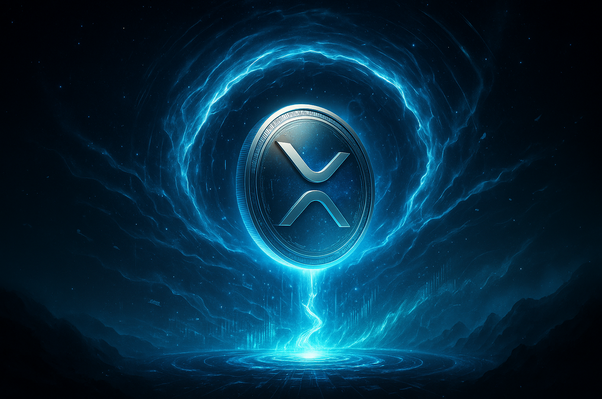TLDR
- Ripple’s CTO teases a new node designed to improve the XRP Ledger’s reliability for production environments.
-
The update aims to ensure more stable and reliable XRP Ledger connections, critical for enterprise use.
-
Schwartz’s behind-the-scenes experiment shows good results in testing, suggesting readiness for wider implementation.
-
XRP Ledger is evolving into a robust platform for global payments with enhanced scalability and reliability.
David Schwartz, Ripple’s Chief Technology Officer, has provided a behind-the-scenes update about his latest project on the XRP Ledger (XRPL). Over the weekend, Schwartz revealed that he has been running an experimental server designed to enhance the network’s reliability. The update included detailed monitoring metrics such as bandwidth, latency, peer counts, and disconnection rates. According to Schwartz, the system is nearly production-ready and could soon become part of XRPL’s infrastructure.
The goal of this update is to improve the reliability of XRP Ledger nodes, making them less prone to disconnections and synchronization issues. While the XRP Ledger has been known for its stability, the new project focuses on ensuring that the network maintains this reliability as it scales for enterprise and global payment use cases.
Focus on Reliability and Performance of XRP Ledger
David Schwartz new experiment centers around strengthening the infrastructure of XRP Ledger to ensure that important nodes stay reliably connected to the network. The performance metrics showed that, after a full day of monitoring, the network remained stable with only a slight bump in latency that affected a few weaker connections. Schwartz noted that this was not a major issue and dismissed a brief data dropout as a minor glitch in the monitoring system.
For Ripple, ensuring that the XRP Ledger remains stable and reliable is crucial, especially as the network is increasingly being used for enterprise-level applications. As blockchain technology moves closer to real-world use cases such as cross-border payments, the need for consistent and seamless network connectivity becomes even more important.
Schwartz’s update is an important step toward solidifying XRP Ledger’s reputation as a dependable platform for digital payments and institutional use. He emphasized that while such improvements might not be as headline-grabbing as other features, they are essential for the long-term success and scalability of the network.
XRP Ledger’s Growing Role in Global Financial Infrastructure
The updates provided by David Schwartz are part of Ripple’s ongoing effort to enhance the XRP Ledger’s infrastructure for large-scale applications. Ripple has long positioned the XRP Ledger as a viable option for global financial infrastructure, particularly in payment processing, settlement, and liquidity.
The ledger’s hybrid model, which blends public, permissionless elements with compliance-friendly features, makes it an attractive option for both regulatory compliance and financial innovation.
In a separate update, Schwartz noted that the XRP Ledger has been battle-tested over the past decade, providing it with a solid foundation for future growth. With its ability to settle transactions efficiently and at low cost, XRP Ledger is increasingly seen as a potential backbone for global payments. As blockchain technology continues to evolve, XRP Ledger’s design choices, such as deterministic finality and Proof of Authority-based consensus, are being replicated by other platforms, indicating a shift towards its principles in the broader industry.
Testing and Readiness for Enterprise Use
Though David Schwartz did not provide a specific launch date, he indicated that the work being done on the new XRP Ledger node is already showing promising results.
Ripple’s ongoing efforts aim to make the XRP Ledger more suitable for institutional and enterprise use. The company’s focus on improving reliability through this experimental server is a sign that Ripple is preparing the network for broader adoption.
The improvements being tested could provide a critical layer of support for XRP Ledger as it handles more extensive and demanding use cases. Ripple has emphasized that the XRP Ledger is designed to be scalable, efficient, and secure, qualities that are essential for meeting the needs of global financial systems.





